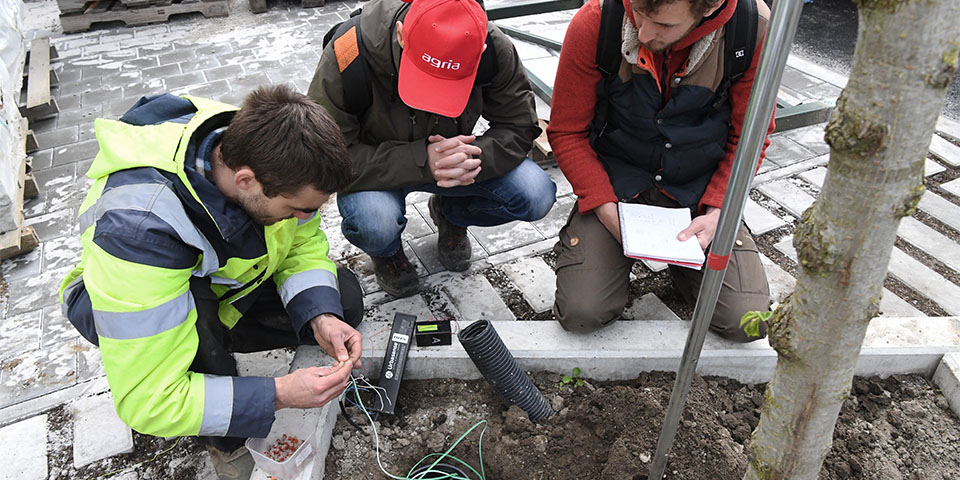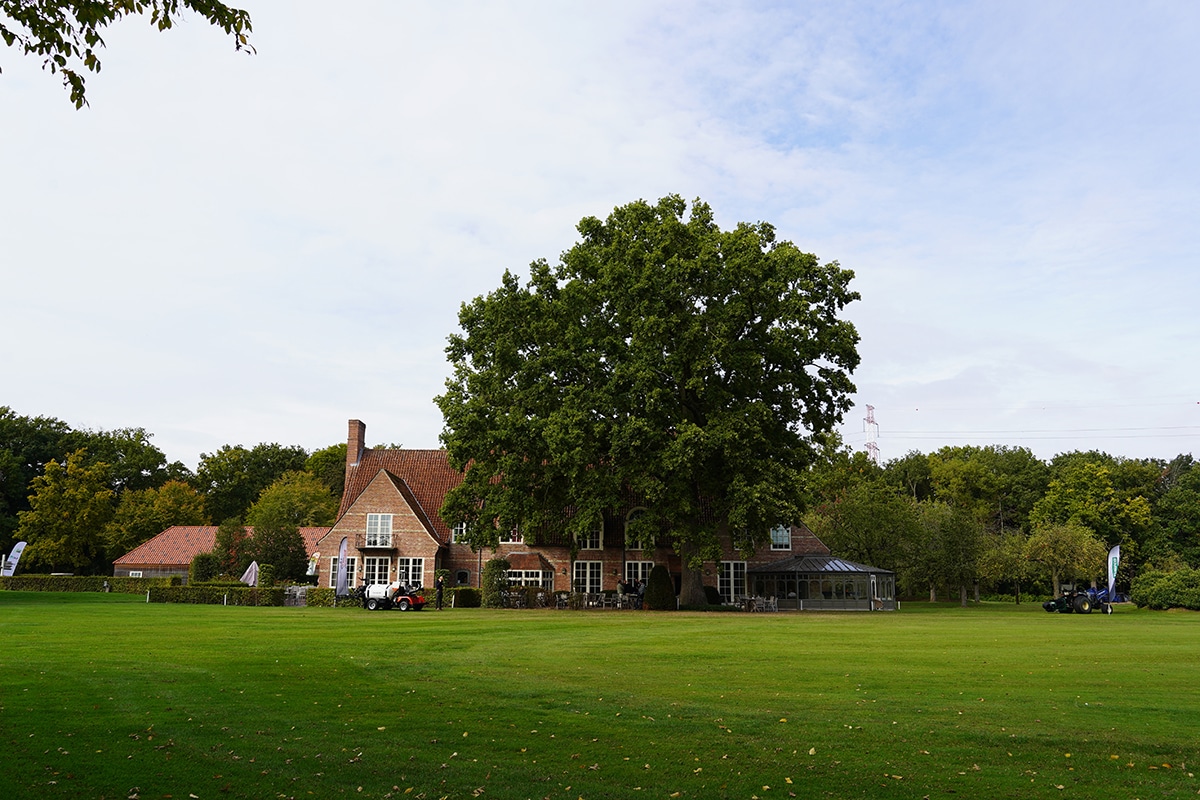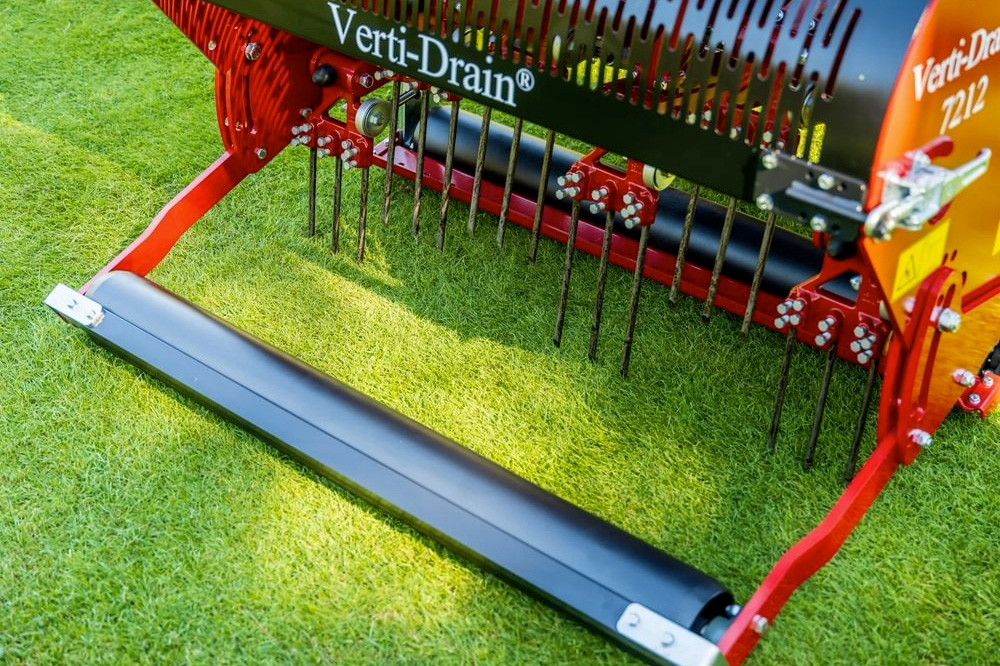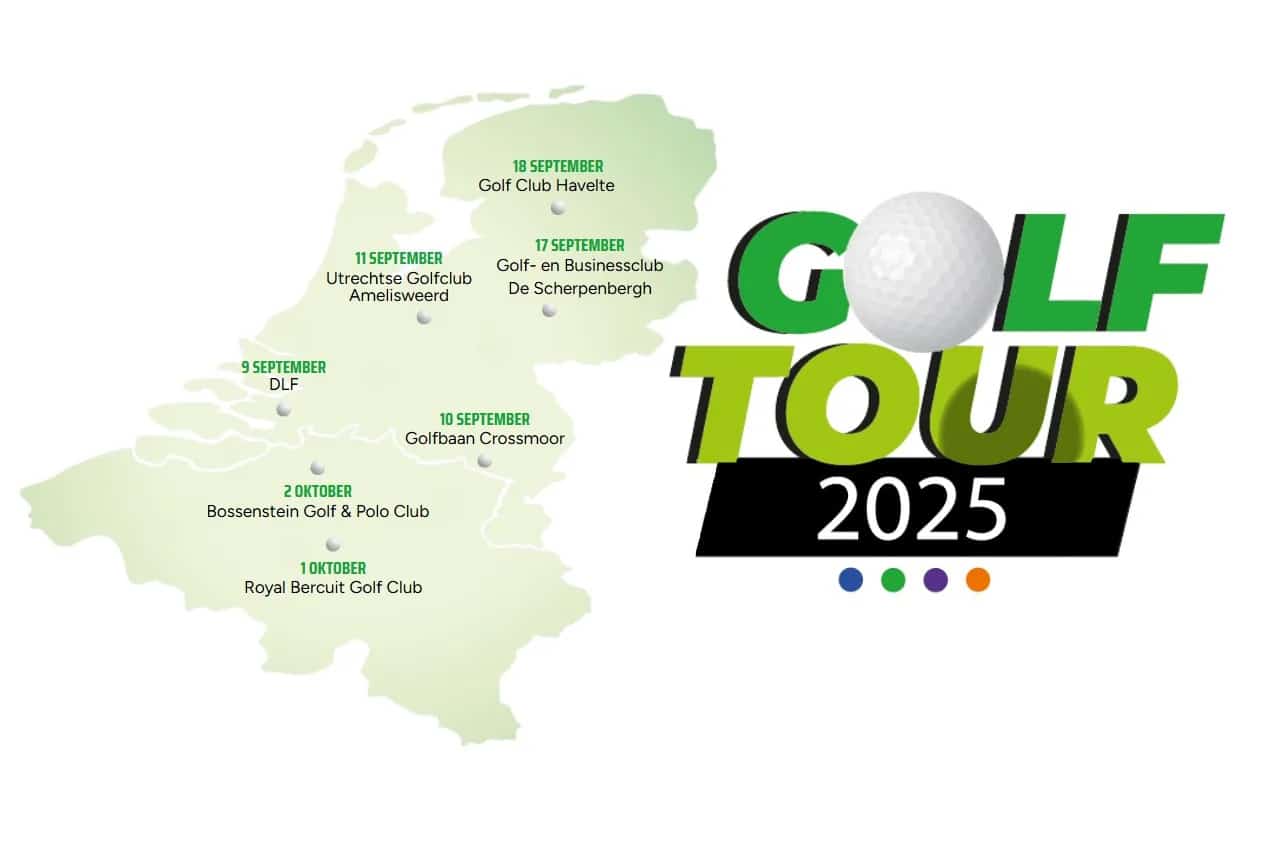
Brussels Mobility bets on smart casting system for trees
Remedy for impending water shortage and disease
Mobility Brussels is in charge of mobility strategies and development projects within the Brussels Capital Region. It is also responsible for public green spaces. In this area, like many other European cities, it faced a number of challenges. Many trees in the city suffer from the warming of our climate, water shortages, paving and new advancing diseases and harmful insects. To water the trees, Mobility Brussels recently implemented a new and automated watering system.
Important choices
Brussels has more than 32,000 trees in public spaces and along regional roads. The monitoring and maintenance of these trees always requires important choices. Which trees need to be felled and replaced, and which can still be saved? Should these weak specimens be felled and replaced punctually and individually, or should all trees in the same avenue be tackled simultaneously?
Monoculture or diversify?
To prevent disease transmission, some European cities have already opted to plant different tree varieties in the same street. After all, most diseases mainly affect the same tree variety. Diversifying tree varieties may well become the norm in the future.
Currently, for example, a major problem is presenting itself in chestnut trees. 'Chestnut canker' is a very contagious and fatal disease, which irrevocably destroys the trees. However, one of the basic requirements for healthy urban trees is the provision of sufficient water, not too much but not too little either. With this goal in mind, an automated watering system was perfected.

Placing the tensiometric probes. (Copyright GOB)
Tensiometric probes
Currently, hundreds of trees are already equipped with tensiometric probes, which continuously monitor the humidity of their stand. These probes measure the trees' water requirements, depending on their physiology and climate, as well as the amount of water available in the soil. The data from these measurements are transmitted to an application that allows the administration to regularly monitor the plants and sends out notifications on the basis of which individual watering is planned. It was also decided to equip each newly planted tree with this system.
Saving water
Under normal conditions, each tree requires about 120 liters of water per watering. Thanks to the probes, significant amounts of water can be saved in these times of water scarcity. A tree should be watered primarily when it really needs it. After all, a tree that gets too much water suffocates and stops its root activity. Excess certainly harms in terms of watering. Thus, the probes ensure that each tree receives the required amount of water and yet no water is needlessly wasted.
By 2020, over 560 trees will already benefit from this technology and additional projects are also currently being developed. Some recently realized or soon to be planned examples can be found at the Steenweg op Mons, the Pol Burysquare, the Docks oval, the Hallepoort, the Olympic Drive, the Regent Avenue and the Henri Simonet Avenue.
Efficient maintenance
Thanks to a cartographic management system with geolocation, Brussels Mobility can track the characteristics and condition of each tree along regional roads and in public spaces. This significantly increases the efficiency of monitoring and maintenance and allows very targeted actions to be taken. Further climatic changes in our region already call for alertness and this is where these probes contribute greatly. Their real time information leads to the right decisions, allows quick reactions and thus contributes substantially to the preservation of the tree stock in Brussels and possibly in other cities of the country.




